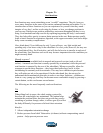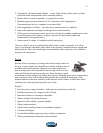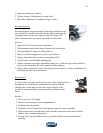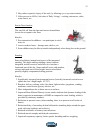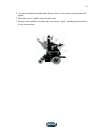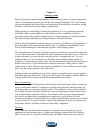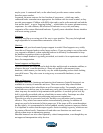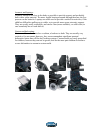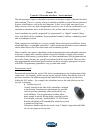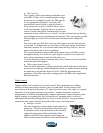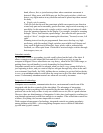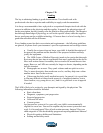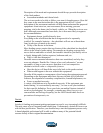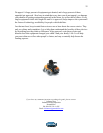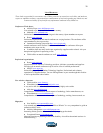
23
Chapter VII:
Funding
The key to obtaining funding is good documentation. You should work with
professionals who have expertise and credibility to supply such documentation.
It is always recommended to have a physical or occupational therapist involved with the
process in addition to the physician and the supplier. In general, the physician signs off
on the prescription, but they usually refer the details to other professionals. The therapist
has thorough knowledge of physiology as well as the specific client, while the suppliers
have a good grasp on the available technology. Of course there is a lot of overlap, but a
good team can make all the difference.
Every funding source has their own criteria and requirements – the following guidelines
are general, so please check your insurance’s specific requirements and coverage criteria.
• Usually the reviewer does not know your child. A detailed description of
the person, the problem and the benefits of the proposed solution can help
justify the equipment.
• The LMN (Letter of Medical Necessity) needs to be concise but thorough.
Reviewers do not have time to read details that aren’t applicable to the device.
Most well-written letters for mobility devices tend to be around three to four
pages. However, an LMN can certainly be longer or shorter, depending on the
specific situation.
• Photographs are an asset. They speak volumes and are quick to review.
They’re more descriptive than words can ever be, and they help turn a claim
number into a face for the reviewer.
• Videos can also help justify medical necessity. In general, it is a good idea
to film any difficult or controversial request (i.e. integrated standers, seat to
floor function, very young driver, etc.), and it is a good tool to use in appeals
if needed.
The LMN is likely to be written by your therapist and signed by the physician. The
following information should be included:
• Basic client data
• Diagnosis, symptoms, past progression
• Expected progression
• Goals and life roles
• Current system.
Just because her system is five years old, your child is not automatically
eligible for a new one. You need to explain why her current system does not
work. Is it beyond repair? Does it lack certain necessary features? Has your
child outgrown it? Has her disability progressed requiring additional features?
• Physical/cognitive abilities and limitations
• Seating and mobility needs.



